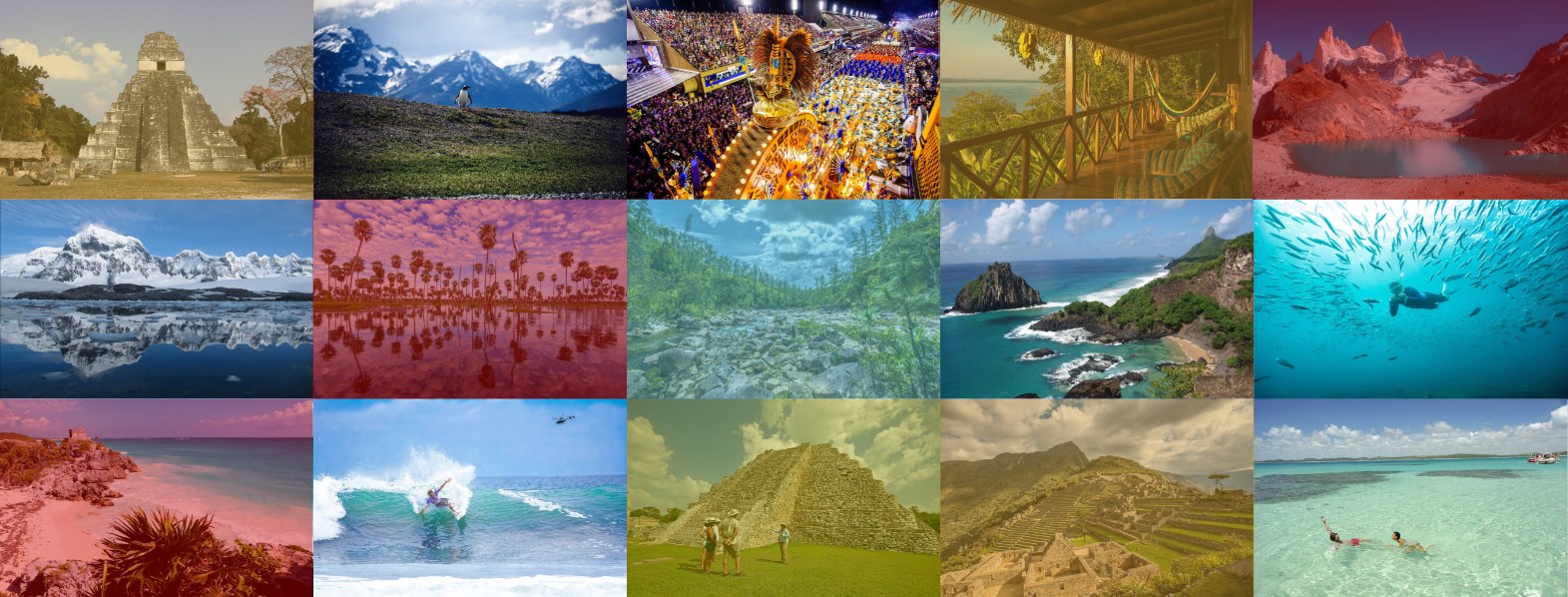Costa Rica is one of the most biodiverse places on earth and a must for wildlife enthusiasts. While it would be impossible to list every species of flora and fauna (there are over half a million species in the Central American country, more than 4% of the world’s plants, insects and animals) we’ve picked 10 of the most exotic, unique and intriguing.
Three-toed sloth

This arboreal creature is native to the rainforests of Central and South America. These slow-moving tree dwellers move at a top speed of 35 metres per day. This isn’t surprising when you know that they spend almost their entire life sleeping. Interesting, these clean creatures descend to the forest floor to defecate, a dangerous move for a creature which moves at such a slow pace and something scientists still don’t understand.
Strawberry poison dart frogs

This colourful little frogs may look cute, but they are one of the most poisonous creatures on the planet. In many parts of South and Central America, local tribes rolled their blow-dart tips over the frogs’ skin coating it in poison and paralyzing any animal they hunt. Researchers have found many medicinal uses for the toxins including anesthetics. Their bright colours are there to ward of predators and they have the ability to morph colour.
Ocelot

This sleek nocturnal cats are found in almost every country in North, Central and South America with the exception of Chile. They are small, measuring in at around twice the size of a domestic cat. They are fairly elusive and certainly the hardest to spot on this list. They were once hunted for their fur which decimated the population, but today they are not considered as threatened.
White headed capuchin monkey

This medium sized new world monkey is native to the forests of Central and South America. It plays an important role in the rainforest ecology by helping to disperse seeds. They live in troops of over twenty males and females and eat fruit, insects and amphibians. This species of monkey is particularly smart creating and using tools and using plants for medicinal uses.
Chestnut-mandibled toucan

The chestnut-mandibled toucan can be found in Costa Rica in abundance. This large colourful birds most distinct feature is its elongated beak which it uses with precision to open fruit and nuts. They tend to move around in flocks of around 10 members and rarely fly further than 100 metres at a time. They can be heard yelping and singing in chorus during evening roosts.
Mexican tree frog

Another interesting frog to spot in Costa Rica also known as the Baudin’s tree frog. This nocturnal frog is interesting due to the deep sounds it makes at night. Unlike the poison dart frogs, the Mexican tree frog is not poisonous and is commonly found throughout forested areas of the country and other parts of North and Central America.
Golden orb weavers

If you suffer from arachnophobia, this won’t be a creature you’ll want to spot in Costa Rica. Found throughout the warmer countries of the world, the golden orb weavers are also called the banana spider due to its habit of hiding in bunches of bananas. They are expert hunters and their strength allows them to the occasional catch small birds and snakes. They are venomous, but it isn’t lethal to humans.
Coati

Also known as snookum bears or hog-nosed racoon, this coati is closely related to the racoon. They are fairly passive creatures, but when threatened they can lash out defending themselves with their sharp teeth and strong jaws. Interestingly, coatis walk plantigrade, which means they can walk upright on their legs, much like humans. They are not yet threatened, although their loss of habitat may start to have some detrimental effects to the population.
King vulture

When most people think of vultures, they think of large birds crowding around a fresh kill, and this is correct. But what most people don’t know is, like their Andean and Californian condors, they are very graceful when they glide and circle overhead. The numbers are estimated to be 100,000 so they are not under threat and their wingspan can reach over 6 feet.
American crocodile

The American crocodile which is found throughout North, Central and South American, although they are now considered threatened with estimates of only a few thousand left in the wild. These crocs have become particularly large along the Tárcoles River in Costa Rica where locals and tourists feed them. Here they can reach up to 5-metres and over half a ton in weight.
To see Costa Rica’s wildlife for yourself, call one of our specialists on +44 (0) 207 407 1478 or email us here. Take a look at our Costa Rica suggested tours here.
RELATED: 12 amazing things to do in Costa Rica

